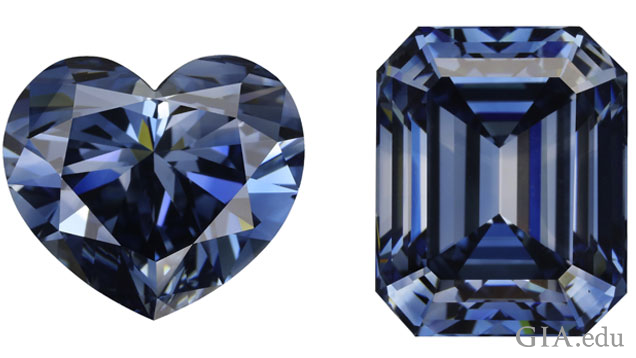The Latest on Synthetic Diamonds
September 8, 2017

Dr. James Shigley, GIA distinguished research fellow, is one of the foremost experts in diamonds and their identification. In this presentation recorded at the 2017 JCK Las Vegas show, he shares the latest developments about HPHT and CVD synthetic diamonds, and information on GIA’s ability to identify them.
Gem quality synthetic diamonds became commercially available in 1986. Since then, the production and quality have steadily increased. “Synthetic diamonds have a place in the market as long as they are properly disclosed at the time of sale,” Shigley said. The increased use of synthetic diamonds, also referred to as laboratory grown or manmade diamonds, in jewelry and their marketing to consumers make accurate identification and disclosure even more important, so buyers can make informed decisions.
Synthetic diamonds have a place in the market as long as they are properly disclosed at the time of sale.
GIA’s research teams have years of experience examining natural and synthetic diamonds. That research, coupled with advanced technology, enables GIA to positively identify manmade diamonds, separating them from natural gems. In addition to screening every diamond submitted for grading to confirm its origin as natural or lab-grown, the Institute offers a specialized service to screen parcels of melee (small diamonds that are approximately 0.005 to 0.25 ct used in jewelry), offering clients an extensive analysis that differentiates natural diamonds from synthetic diamonds. Shigley also discusses the GIA iD100™, a new instrument that definitively separates natural diamonds from synthetic diamonds.
Shigley received his undergraduate in geology from the University of California, Berkeley and his doctorate in geology from Stanford University. He joined GIA in 1982 and helps direct GIA’s research activities in the identification of diamonds and colored gemstones. He has represented the Institute’s work around the world, giving lectures and publishing his research.
.jpg)


